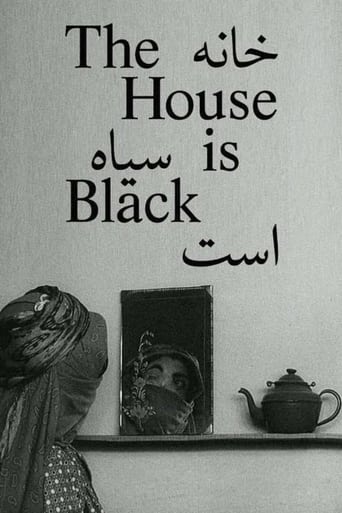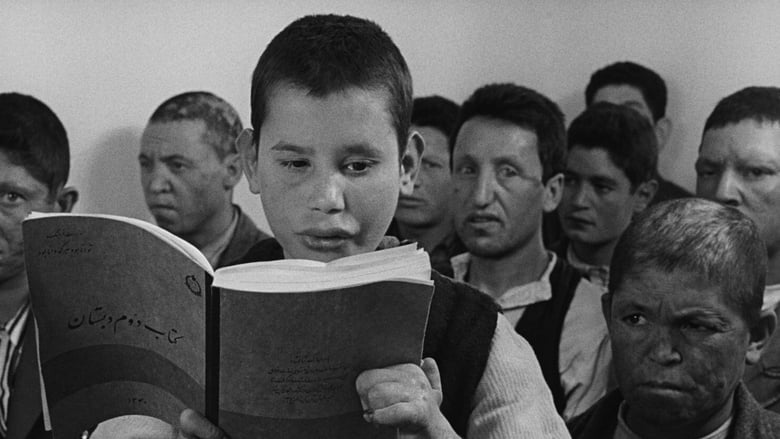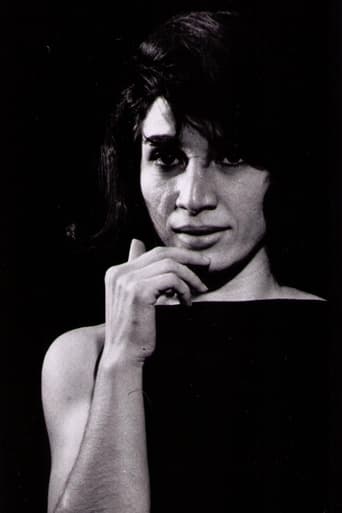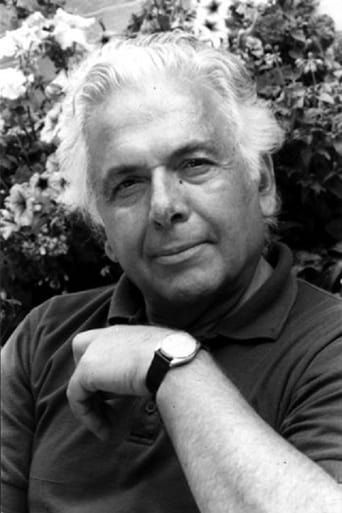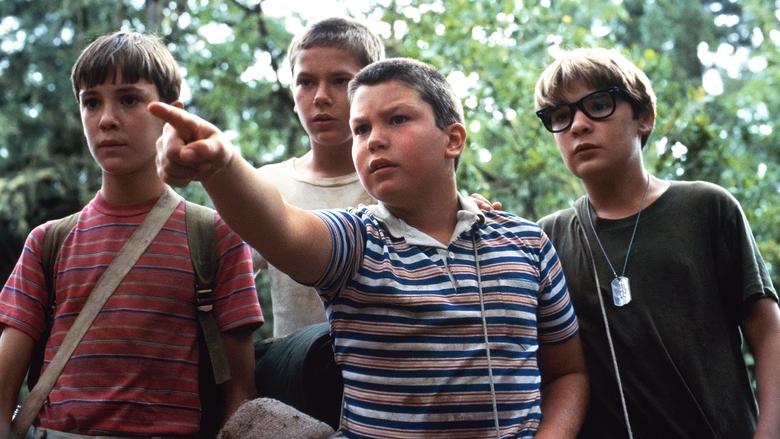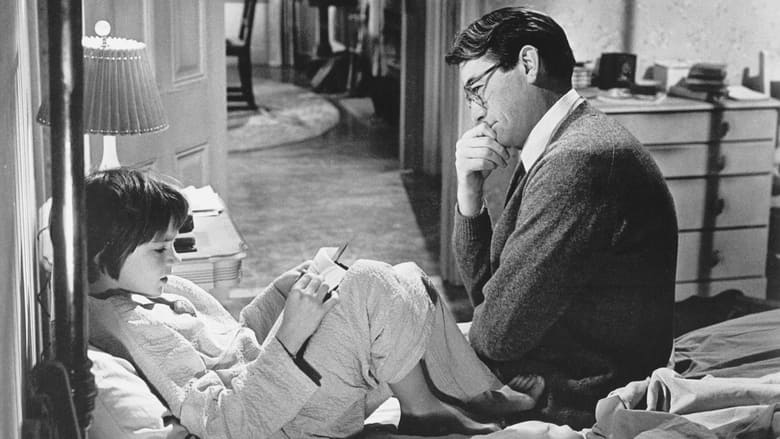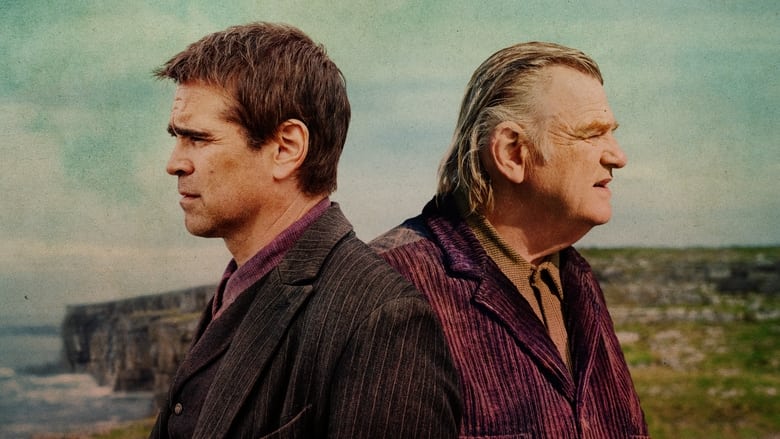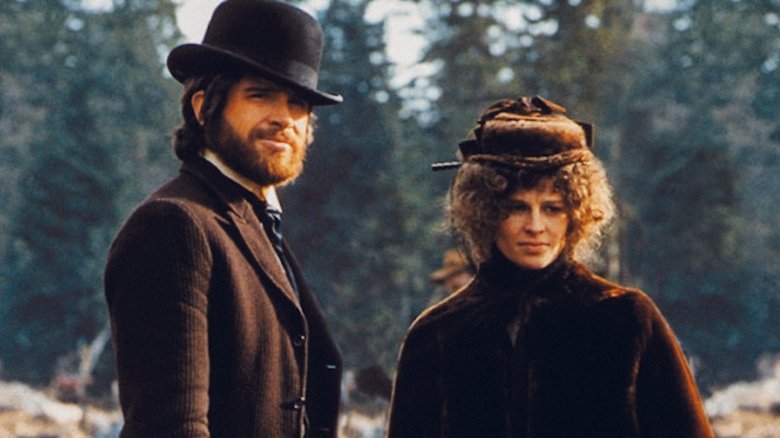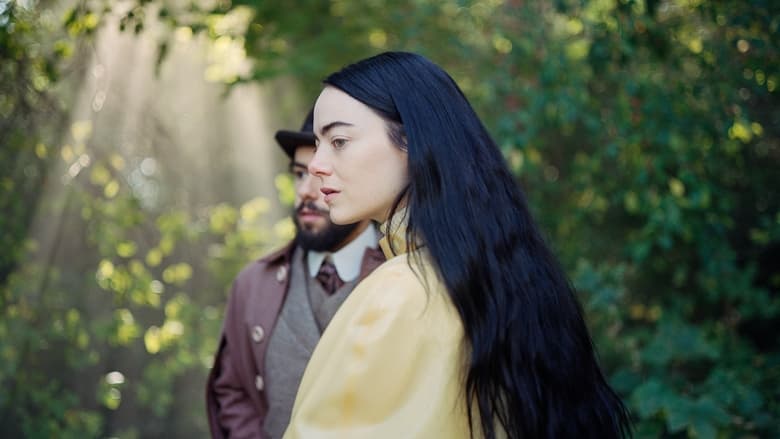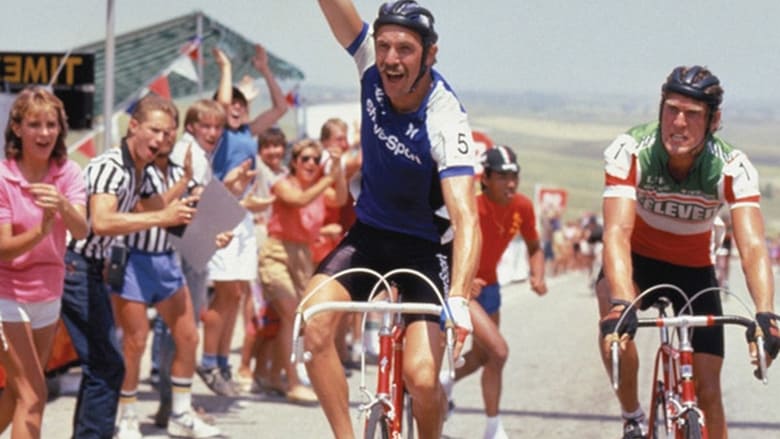Set in a leper colony in the north of Iran, The House is Black juxtaposes "ugliness," of which there is much in the world as stated in the opening scenes, with religion and gratitude.


Similar titles
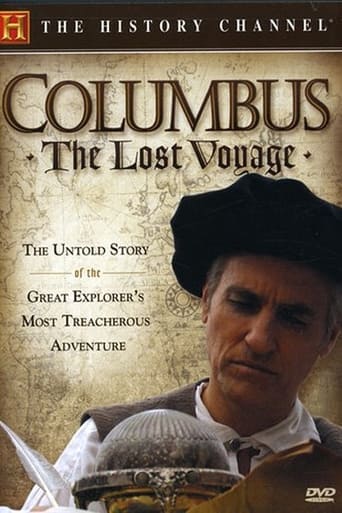
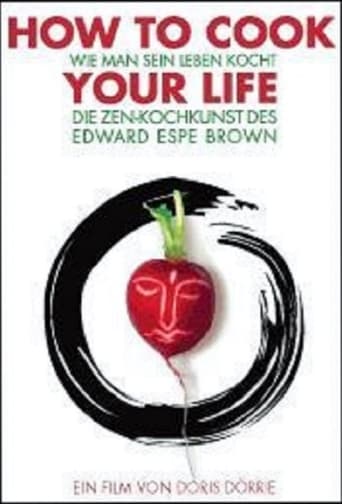
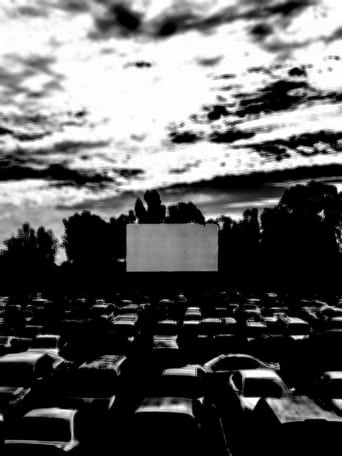
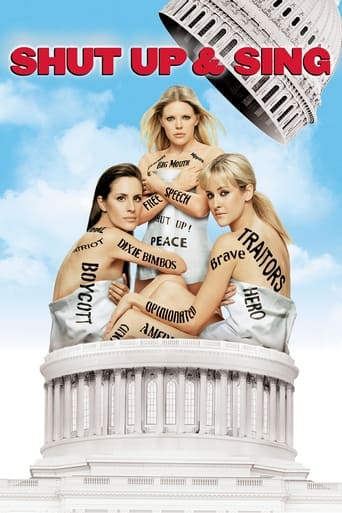
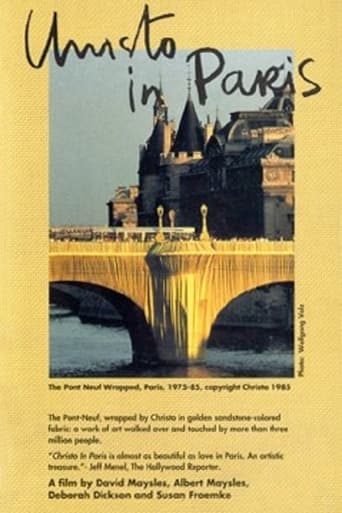
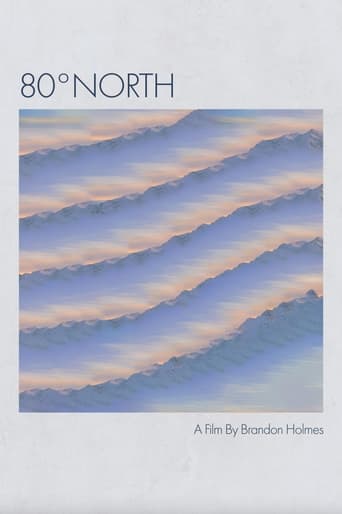
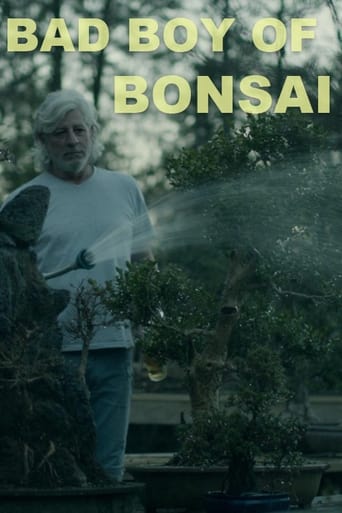
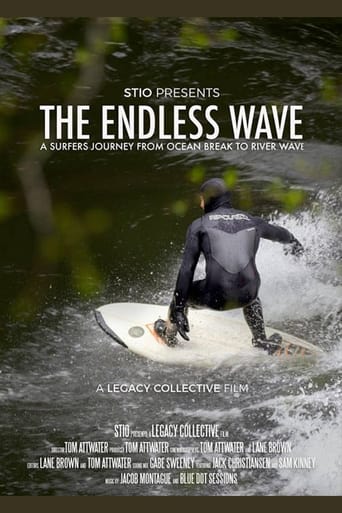
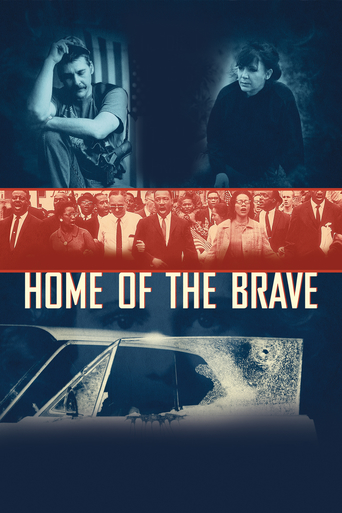
Reviews
"There is no shortage of ugliness in the world. If man closed his eyes to it, there would be even more." The life of Forugh Farrokhzād, Iranian poet and director, ended tragically too soon at the age of thirty-two concerning a car accident to avoid hitting a school bus, swerving her Jeep into a stone wall and dying before she could reach the hospital. A female divorcée writing controversial Persian poetry with a robust voice of feminism, her work was banned for more than a decade due to the Islamic Revolution. Upon eventually meeting filmmaker Ebrahim Golestan in search of a job from returning to Iran after spending nine months in Europe, she published two more volumes before traveling to Tebriz, the most populated city northwest of Iran, to make a film about Iranians suffering from leprosy. But does a short film such as this display more or less of a powerful message in the time it is given? Let's take a look.Titled 'Kẖạneh sy̰ạh ạst' or 'The House is Black', this twenty-minute film (narrated by Farrokhzād and Golestane) was made in 1963 went on to win several international awards. The film took twelve days to shoot, and the twenty-seven-year-old Farrokhzād became attached to Hossein Mansouri, the child of two lepers, of whom she adopted. Spliced with her narrations from the Old Testament, the Koran and her own poetry, the film was based on the Behkadah Raji colony and remains her only film she directed before her death in 1967. Reviewer Eric Henderson described the film: "One of the prototypal essay films, 'The House is Black' paved the way for the Iranian New Wave". Digging deep to unearth the yearnings of hopeless hearts within the confines of the human spirit, the film relents in holding back to show us in what society has deemed ugly to focus rather on the human condition and the beauty of creation. 'The House is Black' appears easy to summarize but difficult to watch and discuss afterwards. Farrokhzād took a daring risk in filming the shunned outcasts living a day in the life of an ostracized colony - children tossing a plastic ball around a courtyard, a veiled woman looking into a mirror, applying mascara inside her only working eyelid, a shrivel-faced man smoking out of the orifice of his exposed nasal passage devoid of its cartilage, crusted scabrous stumps where important appendages have detached, flies buzzing- are all shown in bleak, naked honesty to the viewers at hand. Hard to watch but short enough to get its point across, it challenges its audience to evoke and awaken new and subconscious concepts of thought and discussion upon viewing: here in the most quintessential places of spectacular suffering whereas some viewers may find the images of these individuals and their lives revolting must look deeper to taste the true flavor of this film and its powerful message therein. Brief though uncomfortably testing, it demands we look beyond the external in bringing to light the true incarceration of these human souls of whom allow their souls to inwardly shine rather than refusing to be squelched by the turmoils of life and the harsh rebuke of others. Harrowing, horrifying but artfully constructed, the film plays out as one of Farrokhzād's poems and possibly as a whispered prayer.
"Khaneh siah ast" or "The House Is Black" is the only directorial effort from Iranian poet Forugh Farrokhzad. She made this 20-minute documentary in her 20s and died in her early 30 in a car accident. The film is over 50 years old when I am writing this and is exclusively in black and white. It shows us male and female people from all age groups who live together in a leper colony. The images are obviously shocking. There is a little bit of explanation early on as, back in the 60s, people were certainly even less familiar with leper than we are today and I dare say most people outside the medical profession do not really know a whole lot about it in 2014 either.For the whole film, the sick speak about their life in a very poetic way that you could be sure most of it was probably scripted, especially looking at the fact that most of them are really low in society and probably did not get a good education if they got any at all. That is also why I do not think this can be classified as a documentary. Their quotes hardly come from themselves. Apart from that, they are also saying their prayers to God. I personally thought this was more about shocking the audience with images than making a somewhat touching piece of movie-making. However, it is certainly positive as this film must have helped (and helps to this day) in making leper more known to people in Iran and around the world. There is not much focus on the people's every day life. It is really much more about how the illness changed them physically and about their words. In the end, we find out why the film is called what it is called. A bit of a random reference, but for me somehow it worked.
Even with the high popularity of foreign cinema amongst certain groups of cinephiles, I still can't help but feel one of the many countries to get shafted is Iran and its cinematic efforts. Many countries have had some kind of "New Wave" movement in cinema, where age-old, traditionalist ideas are broken and more daring, unconventional works begin to populate the cinematic market, and Iran's New Wave seems to have gotten greatly shortchanged to being a footnote. For one thing, I consistently find myself being impressed with Iranian filmmaking, as I find that for many different audiences, especially American, it offers a window to a country many people unfairly stereotype or simplify, almost as if those residing in the country are useless subhumans. Furthermore, one of the first films in Iran's New Wave, which started in the early 1960's, was Forough Farrokhzad's twenty-minute short film The House is Black, a somber, somewhat poetic documentary fixated around the Behkadeh Raji leper colony, the first of its kind in Iran. Farrokhzad films various patients in this leper colony, with occasional narrations talking about the treatment for the disease and how these colonies - while initially seeming like isolationist practices - have actually helped out in treating this disease. Leprosy is a condition that greatly affects the skin, can result in the numbing of senses, the deterioration of your immune system, and even body parts like toes and fingers to shorten and become stunted. While it's an ugly disease, Farrokhzad dares explore the beauty of human condition in The House is Black, placing a magnifying glass on this specific colony, while emphasizing that there is all different kinds of beauty in the human race. Punctuated by readings of the Old Testament, the Muslim holy-book the Qur'an, and even original poetry by Farrokhzad, The House is Black treads similar ground to the lengthy, American-made documentaries by industry-veteran Frederick Wiseman, who has erected his career off of observational documentaries on some of the most elusive institutions such as a mental hospital, a horse-racing track, and institutes that help the mentally-handicapped. Here is a film that kicks off a colossal, revolutionary movement in cinema and can be talked about on a level that isn't simply adhering to its technical innovations but its story and its commentary on human beauty and the diversity that plagues it.Directed by: Forough Farrokhzad.
It was the only movie made by Forough Farrokhzad.A documentary of 20 minutes length; actually it is a documentary only at the first level of meaning: the disturbing images from a leper colony are meditated in verses that partner what's flowing on the screen. Fragments from Psalms, from Koran, from her own poetry. And her stanzas, sometimes in sync with the images, some times in counterpoint, always challenging the versets from the sacred books. One of the greatest poets of the twentieth century, that's what I believe Forough Farrokhzad is.This movie is a cinematic poem: empathy for the extreme suffering, desolation that we cannot escape from our condition, and, in the same time, awe in face of the beauty of creation.I think the key of the movie is done by two verses:Who is this in hell Praising you, O Lord?The hell is also part of the world; and it is ultimately beautiful because world is beautiful.This is extraordinary here in the movie: the subtle impulse to see the Universe as beautiful in all its dimensions, even in its ugliest expressions - to see the splendor of the human condition, even in its most horrible shape.Or maybe the verses tell us something slightly different: as they are in turn fearful, desolate, bitter, pessimistic, sarcastic against God and praising God, it is here the honesty and the courage of the poet to recognize having all these contradictory feelings. And this speaks indeed about the splendor of the human condition: to encompass everything, to assume all contradictions, to be their sovereign - as the Universe is.
